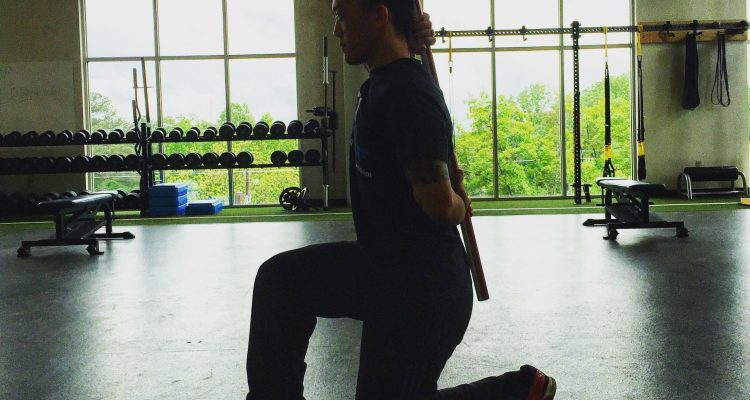Mobility is the ability to effectively and safely perform the universal human movements, such as squatting, hinging, pushing, pulling, crawling, and rolling, that are required for functional living. Many think that mobility means flexibility, but flexibility is only one component of mobility. Being able to move a joint through its full range of motion requires flexibility; being able to comfortably sit back into a correct squat requires both flexibility and a degree of neuromuscular control. Mobility plays a massive role in improving movement quality and preventing injuries throughout life.
The skeleton works wonderfully when everything is aligned, but the skeleton itself is passive. It is pulled and adjusted by the muscles that attach to it. As we move through life, our muscles develop and grow based on our habitual movement patterns. Because we perform some movements more often than others, the muscles develop unevenly- some becoming tight and short, others loose and long. The tighter muscles end up pulling on the skeleton disproportionately, which shifts our joint positions. Having a joint slightly offset within a socket causes it to wear unevenly over time, which leads to problems like arthritis.
For example, take the TRX row as a common pulling movement. If you have poor thoracic spine and scapular mobility, due to tight pectorals and lats, you’re going to have trouble activating the scapular muscles to help aid in the pulling movement. Even if you try contracting your scapular muscles, their contraction can’t overcome the pull from the tighter, bigger pecs. The result is that your body misses out on using an entire muscle group (the upper back) while your biceps take most of the load. This is considered dysfunctional and can lead to injuries at worst, and inefficient movement at best.
As mobility relates to strength, you will be stronger and safer lifting weight through a range of motion if your joints are able to comfortably reach the given position. If you are straining just to reach the bar with proper form on a deadlift, you are way more likely to pull a muscle or injure the spine. Replace the deadlift with any hinging motion during daily life (like picking up a heavy box) and you risk the same consequences. Essentially, flexibility and mobility allow you to place your body in the safest, most advantageous position for utilizing your strength. If you have strength but no mobility, you are working against the pull of your muscles and moving less efficiently through life.
Making sure the muscles are evenly pulling on the bones and joints is the key to preserving joint function and preventing injury. Stretching, foam rolling, and mobility drills help achieve this. Here are 4 go-to exercises for assessing and improving some common mobility issues we see at SPARC:
https://www.youtube.com/watch?v=DI4DAioK6eQ&list=PLvbOI6Hd_YM7KkrQfIT2o_AOLG3irvgSa&index=62:

